The origin of vine in south America is quite related to spiritual work since missionaries needed wine to say mass.
Wine importation was difficult so next to each chapel they built, conquerors settled a vine arbor and an orchard which would satisfy their food needs. Fine vine arbors also helped to fight hot weather in the lonely chapels. Not only were grapes useful to make wine but they were also eaten fresh and they were considered a nutritious meal.
There is no definite version of the origin of vine growing and wine making in Mendoza. According to some researchers, it started ten years before the foundation process (1561), and the pioneer in it was Francisco de Villagra, from Santiago Chile.
Others believe the first bud came from Santiago del Estero, as vineyards in that region date from 1553. If this is right, the activity would go back to 1556 when Priest Juan Cedron-together with Juan Jofre, who would later become Governor of Cuyo- planted the first vines.
What most researchers agree on is that wine making was originally linked to Catholic ceremonies, and was not a business activity. That is why; the first wine makers belonged to religious orders.
Many years later, Sarmiento asked Governor Pedro Pascual Segura to hire French agricultural engineer Michel Aimé Pouget, who settled in Mendoza in 1853 and planted French grape varieties such as Malbec, Cabernet, Merlot, Semillón, Sauvignon and Chardonnay, among others.
Towards 1880, Tiburcio Benegas grew 250 hectares of top vineyards and opened a model winery called El Trapiche. This was undoubtedly Mendoza’s wine industry take-off.
In 1885, the train to Buenos Aires unlashed a production fever in Mendoza. Some wineries managed to get their own train station. This, which added to the fact that Mendoza’s cereal and livestock industries couldn’t compete with those of Pampa Humeda, resulted in the development of wine making at an industrial scale. This process was greatly aided by the European immigration that contributed qualified work force, technical improvement and a local consumer’s market.
Esta entrada también está disponible en: Spanish Portuguese (Brazil)




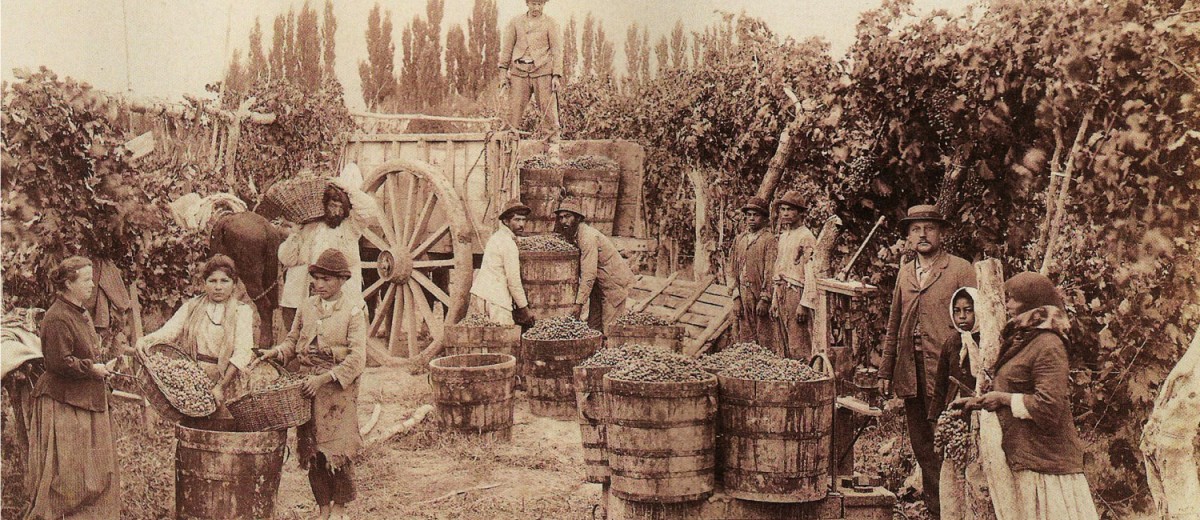
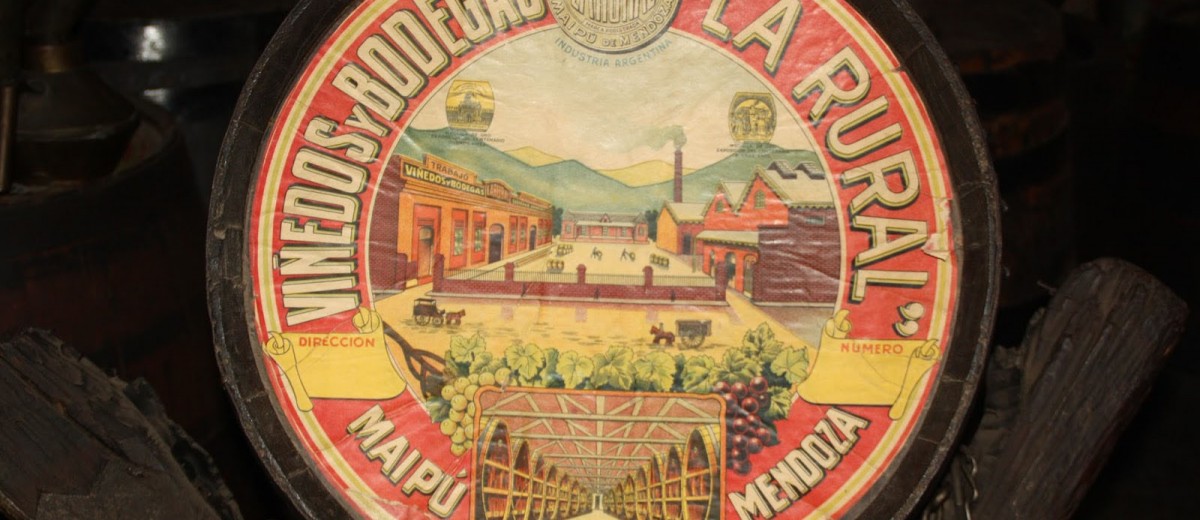
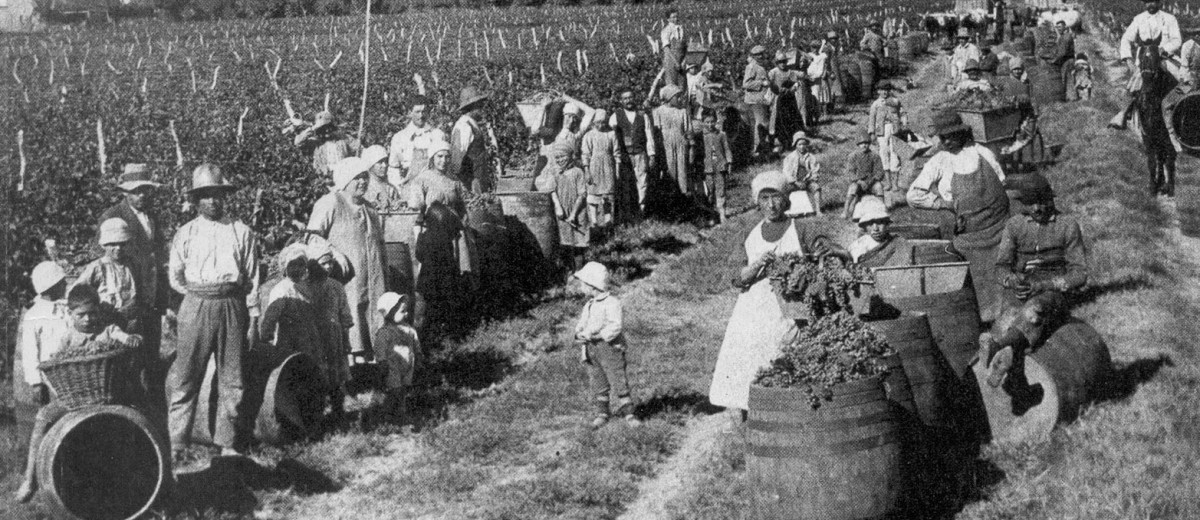
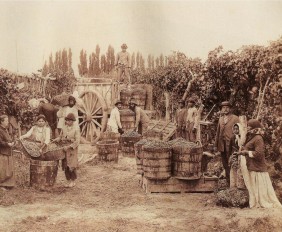
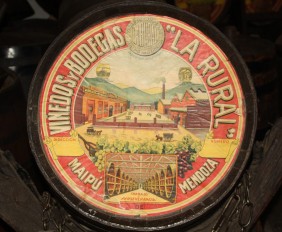

¿Qué te pareció la publicación?